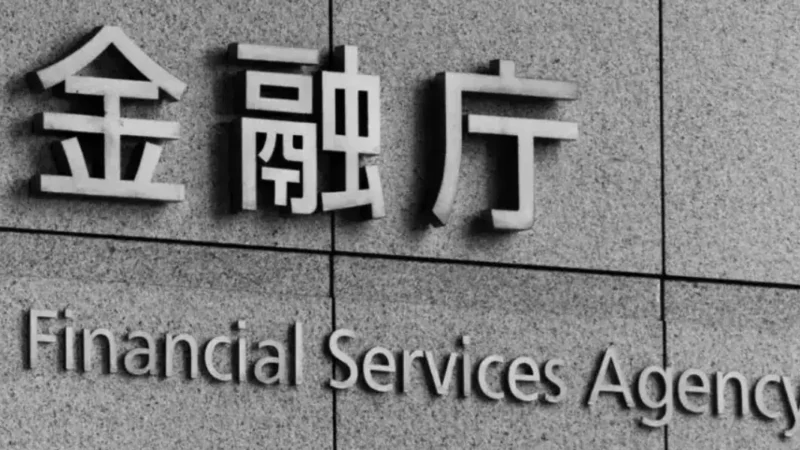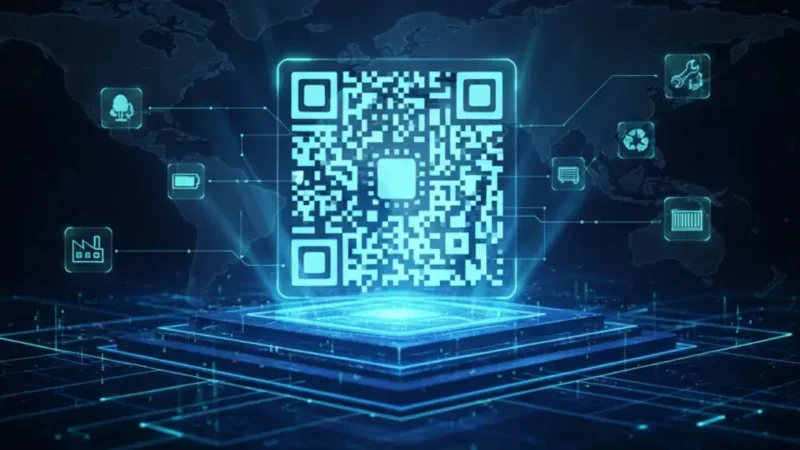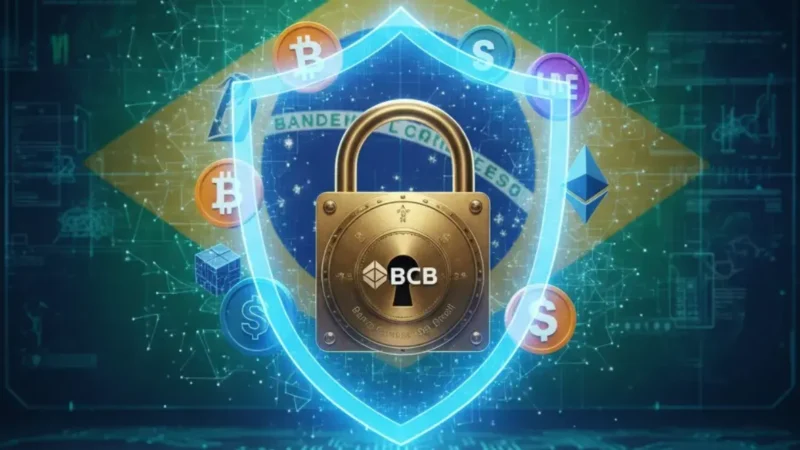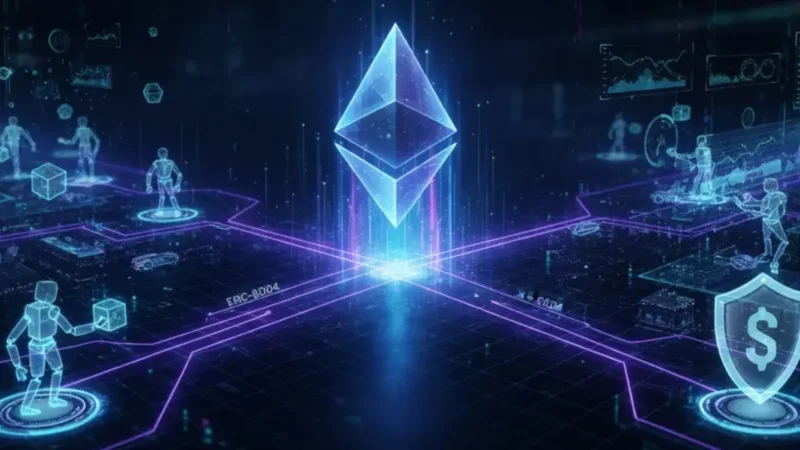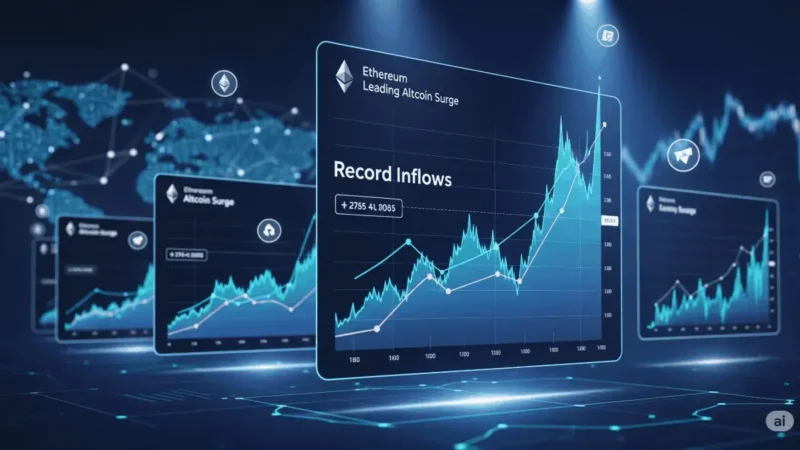Solana Unveils Ambitious Roadmap to Power Decentralized Capital Markets
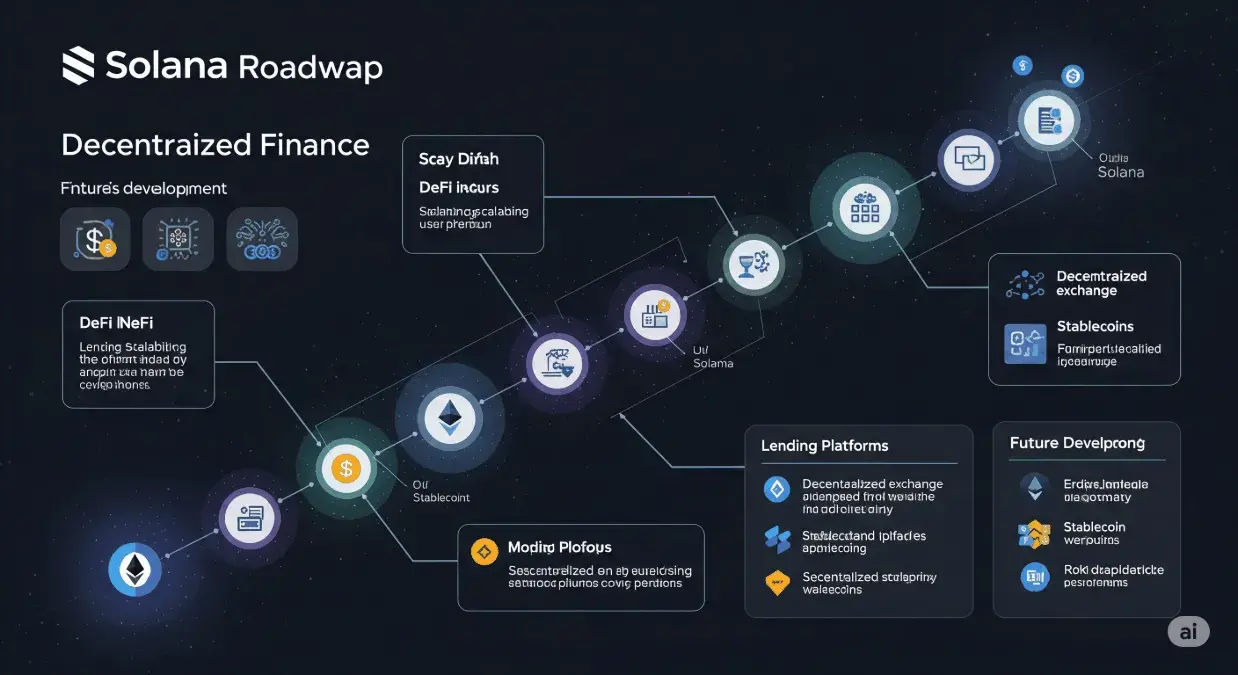
In a significant move that could redefine its role in the blockchain space, the Solana ecosystem has unveiled a comprehensive roadmap aimed at transforming the network into a high-speed, low-latency foundation for decentralized capital markets. This strategic pivot signals a direct challenge to traditional financial infrastructure and a bold step toward attracting a new class of sophisticated financial projects to the world of decentralized finance (DeFi). The plan, developed in collaboration with key contributors like the Solana Foundation, Jito Labs, and DoubleZero, is not merely about increasing network throughput. Instead, it focuses on addressing the core structural bottlenecks of market design itself, giving applications unprecedented control over transaction execution.
This ambitious vision is built on a series of technical upgrades and architectural shifts designed to provide a level of precision and speed that has, until now, been largely exclusive to centralized financial systems. By combining millisecond-level execution control with parallel block processing and flexible per-application configuration, Solana aims to create a globally synchronized, internet-native infrastructure for financial activity. This is a framework that centralized entities simply cannot replicate, and it is poised to attract projects that demand extreme performance without compromising on the core tenets of decentralization and security.
Immediate and Mid-Term Upgrades Shaping the Future
The roadmap is divided into immediate, medium, and long-term phases, each introducing critical components designed to build a robust and high-performing network. These upgrades are not theoretical concepts but tangible projects with clear timelines, demonstrating a concerted effort by the Solana community to execute on this vision. The initial focus is on refining core functionalities and introducing new tools for developers and validators, setting the stage for more profound architectural changes in the future.
Jito Labs’ Block Assembly Marketplace: Enabling On-Chain Order Books
One of the most anticipated immediate upgrades is the launch of Jito Labs’ Block Assembly Marketplace. This platform is specifically designed to provide validators and developers with the necessary tools to build on-chain central limit order books (CLOBs). A CLOB, which is the backbone of most traditional stock exchanges, matches buy and sell orders at specific prices. Bringing this functionality on-chain in a highly performant and decentralized manner is a significant milestone for DeFi. The marketplace aims to strike a delicate balance between the transparency required for open financial systems and the transaction privacy that is often crucial for high-frequency trading strategies. By creating this specialized environment, Jito Labs is directly addressing the needs of financial projects that require the precise execution and public verifiability that a decentralized CLOB can provide.
Anza’s Transaction Optimization: Reducing Drops and Sync Failures
Simultaneously, the Anza team is working on a crucial upgrade to improve transaction reliability. In a high-traffic network like Solana, transactions can occasionally be “dropped” or delayed due to synchronization failures between validators. Anza’s optimizations are designed to ensure that transactions are included in the same block more consistently. For traders and financial applications, this is a non-negotiable requirement. A dropped transaction can lead to significant financial losses and unpredictable outcomes. By improving the reliability of transaction inclusion, Anza’s work will provide a more stable and trustworthy foundation for all financial applications, particularly those that require swift and definitive execution, like on-chain trading and lending protocols. This upgrade is a foundational step in building a network that can be trusted with the demands of serious capital markets.
DoubleZero’s Dedicated Fiber Network: Minimizing Latency
In the medium term, the roadmap includes the ambitious project from DoubleZero to deploy a dedicated fiber-optic network for Solana. In traditional finance, latency—the time delay between an action and its response—is a critical factor, with firms spending millions to shave off mere microseconds. By creating a specialized physical infrastructure, DoubleZero aims to cut latency to the absolute minimum, ensuring high data throughput and blazing-fast communication between validators. This is a critical piece of the puzzle for creating a truly globally synchronized financial infrastructure. By reducing the time it takes for a transaction to propagate across the network, this upgrade will enable real-time responses to global market signals, allowing Solana to compete on the same playing field as centralized financial exchanges.
Alpenglow: Accelerating Block Finality
Another significant medium-term upgrade is the introduction of Alpenglow, a new consensus protocol. Alpenglow is designed to drastically reduce block finality—the time it takes for a transaction to be considered irreversible—from the current 12.8 seconds to an astonishing sub-150 milliseconds. This is a transformative leap forward for user experience and the viability of high-frequency financial applications. In a traditional blockchain, a 12-second finality can feel like an eternity, but reducing this to less than a fifth of a second makes real-time, on-chain interactions not just possible but practical. This will unlock a new range of use cases for decentralized capital markets that require near-instantaneous settlement and confirmation.
The Long-Term Vision: A System Centralized Entities Can’t Replicate
The most profound changes outlined in the roadmap are reserved for the long term, culminating in a fully realized network capable of supporting the most demanding financial applications. These architectural shifts are what truly set Solana apart from other networks and traditional finance.
Multiple Concurrent Leaders: Eliminating the Single-Leader Bottleneck
The long-term plan includes the rollout of “Multiple Concurrent Leaders.” Most blockchains, including the current version of Solana, operate on a single-leader model where one validator is responsible for proposing a block of transactions at any given time. This creates a bottleneck that limits the network’s scalability and speed. By allowing multiple validators to propose transactions in parallel, Solana will be able to process a far greater volume of activity simultaneously. This parallel processing is a core enabler for a truly high-performance financial infrastructure, as it allows for the simultaneous handling of a massive number of trades, orders, and market signals from all over the world.
Each of these parallel proposals will include priority fees, which will give applications granular control over how transactions are ordered within each block. This is a powerful feature for specialized financial projects, allowing them to implement custom logic—such as favoring cancel orders to prevent slippage or running mini-auctions inside each block to optimize price discovery. This level of control is essential for building sophisticated decentralized capital markets that can respond in real-time to global events, regardless of where the user is located.
An Internet-Native Financial System
The entire roadmap is a coherent effort to combine three critical elements: millisecond-level execution control, parallel block processing, and per-application configuration options. This powerful toolkit for building decentralized capital markets simply does not exist in centralized systems, which are constrained by their single-point-of-failure nature and reliance on proprietary, location-specific infrastructure. Only a decentralized network can offer a globally synchronized financial infrastructure that is both permissionless and secure.
Stay informed, read the latest crypto news in real time!
With this roadmap, Solana is making a clear statement: it aims to attract financial projects that demand extreme speed and flexible execution—without requiring them to give up the decentralization and security that are the hallmarks of blockchain technology. This is a vision of a future where capital markets are open, efficient, and accessible to all, with Solana serving as the high-performance backbone that makes it all possible. The journey ahead is a testament to the community’s commitment to building a financial system for the internet, capable of handling the complexity and demands of the modern global economy.

